अश्मिता गुप्ता
अश्मिता गुप्ता
Ashmita Gupta
अश्मिता गुप्ता
Study of
FORM
Guided by
Ashok Mondal | Karan Bhai | Maulik Bhai



INTRODUCTION
Form and shape are domains in which an item is defined in space. They might be two-dimensional or three-dimensional. A two-dimensional shape has height and breadth, but a three-dimensional form includes depth. Time, structure, texture, symmetry asymmetry, depth, substance, white spaces negative spaces, direction, and surface integrity all contribute to the formation of a shape. The shape and structure of something as distinguished from its material

CONTENT
01.
RADII MANIPULATION
02.
PRIME FORMS
03.
JUSTIFICATION
04.
INTEGRATION
05.
FORM FAMILY
06.
TRANSITION
07.
ISOMETRIC
08.
STEP TRANSITION
09.
WIRE FRAME

RADII MANIPULATION
01.
When we modify the edges from the inside, we term it concave radii manipulation, and when we manipulate them from the outside, we term it convex radii manipulation.
CONVEX
-01.jpeg)

CONCAVE
-02.jpeg)

CONCAVE & CONVEX
-01.jpeg)
-01.jpeg)
EDGE, CORNER, VERTICES
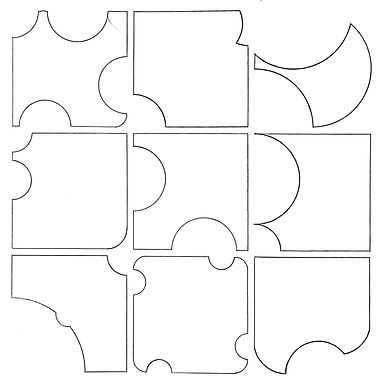

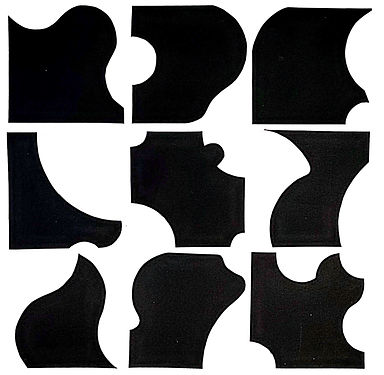-01.jpeg)
-01.jpeg)

FREE HAND FORMS
02.





PRIME FORMS
03.





JUSTIFICATION
04.
Form as
Proportion
Identity
Instructive
Narrative
Style
Indicative
Iconic
Interactive
Composition
Beauty
Expression
Communicative
Function
Emotive
Cultural
Symbolic
Proportion - Is defined as a portion, proportion, or quantity viewed in comparison to a total. According to the notion of proportion, two ratios are in proportion when they are comparable.
NATURAL PROPORTION
.png)
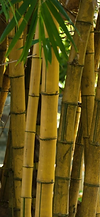
.png)
The proportion of small and big stones is clearly visible.

MAN MADE PROPORTION




INTEGRATION
05.
+










FREE HAND

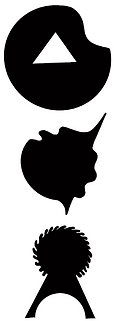










FORM FAMILY
06.
.png)
.png)
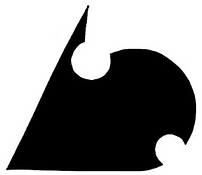.png)
.png)
EXPLORATIONS

























You must keep some considerations in mind when making a family, such as when you resemble your parents, like the way your eyes match, the way you speak, and so on. You must also keep in mind the requirement to constant some aspects of the parent form.
SLOW CURVES
Supporting
Neutral
Resting
CURVES
07.
DIRECTIONAL
CURVES
Sprial
Accented
Catenary
Directional
FAST
CURVES
Reverse
Hyperbolic
Parabolic
Trajectory
.png)
Supporting
.png)
Reverse
Accented
.png)
Neutral
.png)
.png)
Trajectory
.png)
Resting
Sprial
.png)
.png)
Parabolic
Hyperbolic
Catenary
.png)
Directional
12 STEP TRANSITION
08.

.png)


ISOMETRIC
09.






25 STEP TRANSITION
10.

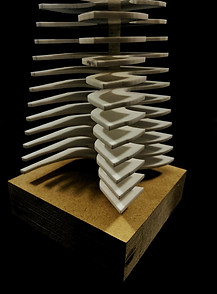



Materials required: 2mm Acrylic sheet, 2mm MS wire, Wood
PROCESS
.png)
.png)
.png)
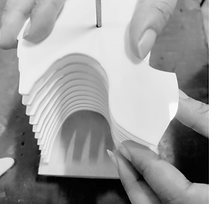.png)
.png)
I made it on paper and gained support from Hemraj bhai for cutting my acrylic sheets, then got assistance from the metal workshop and got it done by myself, and the beauty of the transition you can see.

WIRE FRAME
11.



.png)
What I need to do is create a frame out of curves, thus I ended up building this wire frame in which I am attempting to demonstrate asymmetrical balance as well as a difficult wire movement. First i draw on paper and then make with wire
EXPLORATIONS



















Form study helped me visualize how concave and convex make a meaningful form, as Ashok guided on this different geometric shapes when combined can create new forms, but how can be executed, we were confused, and at the very initiation phase I did not understand that why we are doing so, later on, I get to that how various forms are coming out beautifully, through strength techniques. I've learned many things, In form transition, we had to select two parent forms, and a transition in 12 and 25 steps, Though my metamorphosis is apparent, Ashok is a spectacular mentor who offered us such profound views on how to construct a meaning of a form.



